18+ Sample Lettering
-
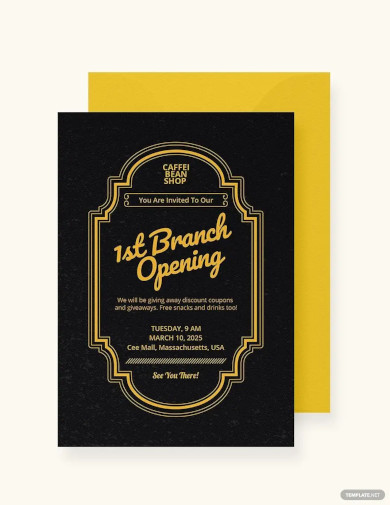
Vintage Hand Lettering Invitation
download now -

Unicorn Lettering Background
download now -
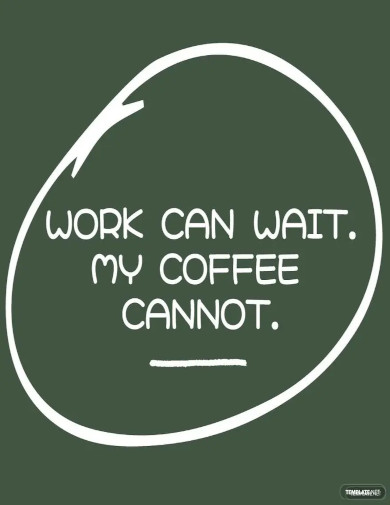
Chalkboard Lettering Mug Template
download now -
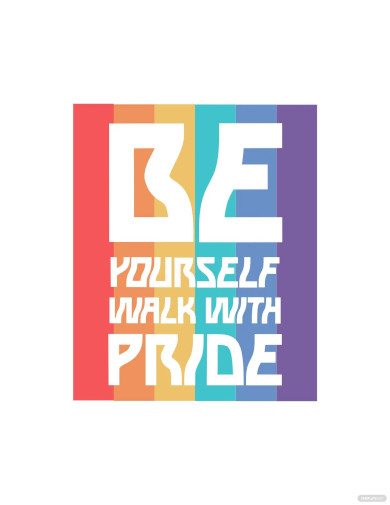
Rainbow Lettering Pride T Shirt Template
download now -
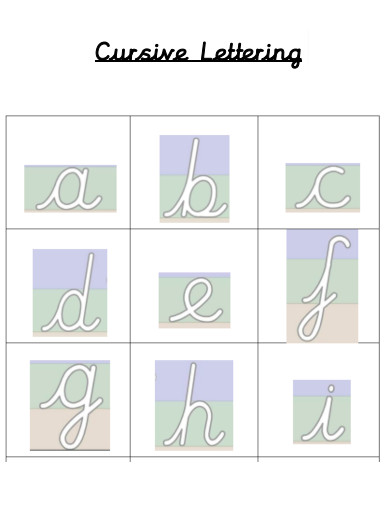
Cursive Lettering
download now -
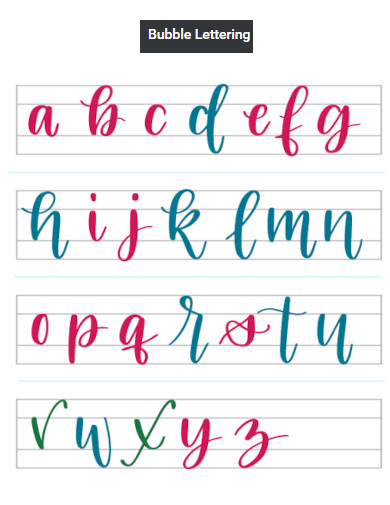
Bubble Lettering
download now -

Gothic Lettering
download now -
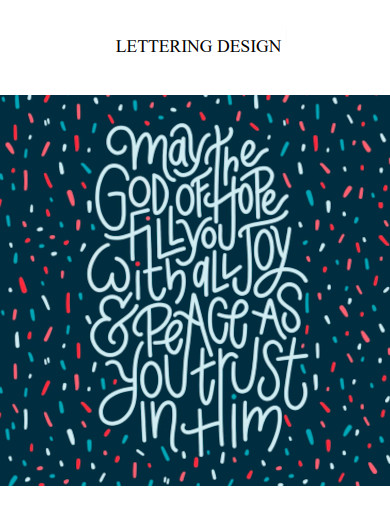
Lettering Design
download now -

Creative Hand Lettering
download now -

Keyboard Lettering Fonts
download now -
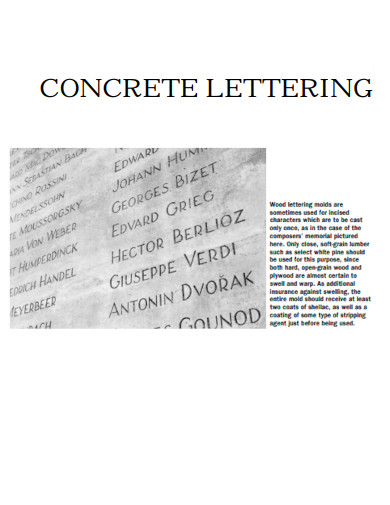
Concrete Lettering
download now -
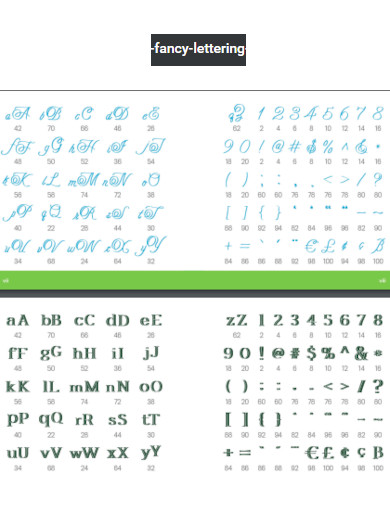
Fancy Lettering
download now -
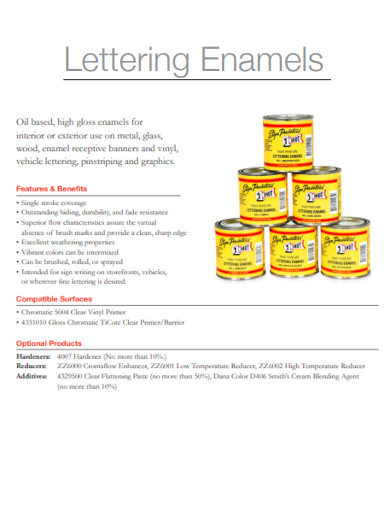
Lettering Enamels
download now -
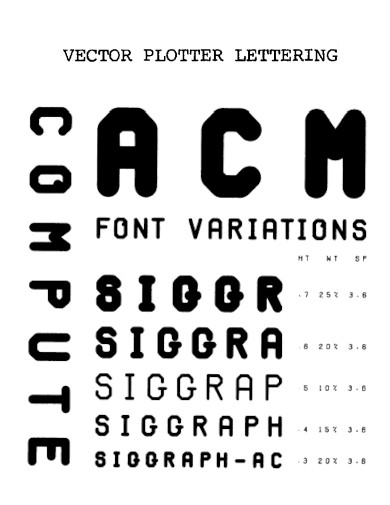
Vector Plotter Lettering
download now -
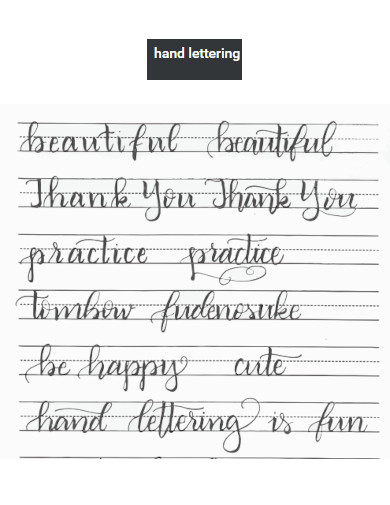
Hand Lettering
download now -

Logo Sign Lettering
download now -

Aesthetic Lettering
download now -
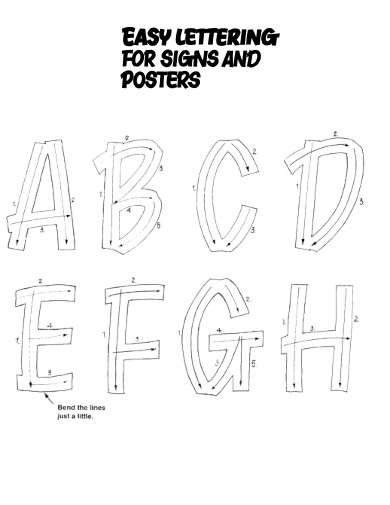
Easy Lettering for Sign and Poster
download now -
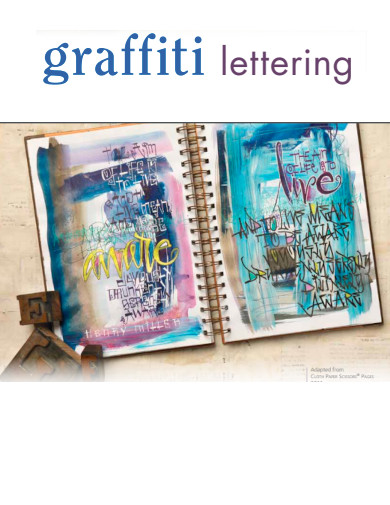
Graffiti Lettering
download now
FREE Lettering s to Download
18+ Sample Lettering
What is Lettering?
Types of Typography and Calligraphy Techniques
Sample Lettering Styles and Fonts
How to Create Lettering Font Styles
FAQs
Can I find sample lettering in PDF format for practice?
How can I use sample lettering in Illustrator to enhance my typography?
Are there practice sheets available for calligraphy and brush pen lettering?
Can sample lettering help me explore different lettering styles and fonts?
How can I utilize sample lettering in Photoshop to create stunning lettering designs?
What is Lettering?
Lettering is the skilled craft of creating visually captivating and expressive letters, often by hand. It encompasses the artistic arrangement of letters, alphabets, and words using diverse techniques and styles. Lettering has several functions in the arts and design. It provides a one-of-a-kind and customized touch to creative work, attracting attention and evoking emotions. Whether used in advertising brochures, illustrations, posters, packaging, logos, or invitations like wedding invitations, lettering enhances the visual appeal, effectively conveying messages and stories. It allows artists and designers to explore diverse typographic styles, custom fonts, and calligraphic flourishes, enabling them to create distinct identities and establish a solid visual language. Lettering holds the power to transform the mundane text into captivating works of art, enriching the creative landscape.
Lettering has a rich history dating back to ancient civilizations, evolving from primitive cave drawings to intricate calligraphy and typographic forms such as Egyptian hieroglyphics, Cuneiform, ancient Greek alphabet, Mayan hieroglyphs, and Chinese Oracle bone script. It holds significant value as a means of visual communication, allowing individuals to convey messages and emotions through written symbols. In arts and design, lettering plays a vital role in creating impactful compositions and bringing artistic expression. In education, it aids in language learning and literacy development. In the professional realm, lettering is essential for graphics design, advertising, brand marketing, and visual identity. According to a study by Adobe, visually appealing typography can increase brand recognition by 50%, emphasizing the effectiveness of lettering in various creative fields.
Types of Typography and Calligraphy Techniques
The world of typography and calligraphy offers a diverse range of techniques, each with its own origins, purposes, and applications. From classic serifs to expressive brush lettering, these artistic disciplines encompass styles like script, blackletter, hand lettering, and more, adding depth and visual appeal to creative projects.
Sample Lettering Styles and Fonts
Discover a world of captivating lettering styles and fonts that bring depth and personality to design projects. From classic serifs to expressive scripts, these diverse samples offer unique origins, purposes, and applications across various fields, including branding, print media, digital design, and more.
How to Create Lettering Font Styles
Unlock the art of creating captivating lettering font styles with these five essential steps. From studying samples and practicing techniques to designing unique styles and digitizing your work, discover the process that allows you to transform your hand-drawn lettering into a fully realized and personalized font.
Step 1: Study and Analyze Lettering Styles
Research and study various sample lettering styles, exploring typography, calligraphy, and brush pen techniques. Analyze different alphabets, letter shapes, and strokes. This research will help you understand the fundamental elements of lettering and gain inspiration for your own font creation.
Step 2: Practice and Refine Lettering
Dedicate time to practice lettering consistently. Use practice sheets with guides and grids to refine your letterforms, stroke consistency, and spacing. Focus on mastering individual letters and then progress to connecting them into words and phrases. Experiment with different styles, thicknesses, and angles to develop your unique aesthetic.
Step 3: Design Lettering Styles
Once you have gained confidence in your lettering skills, start designing your own lettering styles. Consider the overall theme, purpose, and target audience for your font. Experiment with different shapes, flourishes, and embellishments while ensuring legibility and readability.
Step 4: Create a Font Skeleton
Using a pencil or digital software, create a skeleton or basic structure for your font. Develop consistent heights, widths, and proportions for each letter. Pay attention to the relationships between ascenders, descenders, and x-height. This step establishes a foundation for the final font.
Step 5: Refine and Digitize Lettering
Refine your hand-drawn lettering by erasing any imperfections and ensuring consistent stroke thickness. Next, digitize your letterforms using vector software or specialized font creation tools. Assign each letter to its corresponding keyboard character, and create kerning pairs to ensure proper spacing and balance. Test your font across various sizes and platforms to ensure readability and smooth rendering.
FAQs
Can I find sample lettering in PDF format for practice?
Yes, there are resources that provide downloadable PDFs of sample lettering for practice. These PDFs often include practice sheets with alphabets, lettering styles, and techniques to help you improve your lettering skills.
How can I use sample lettering in Illustrator to enhance my typography?
In Illustrator, you can import sample lettering as a reference image. Use it to study lettering styles, observe brush pen techniques, and understand the construction of different alphabets. This will aid you in creating your own unique lettering styles and enhancing your typography designs.
Are there practice sheets available for calligraphy and brush pen lettering?
Yes, you can find practice sheets and sample writing templates specifically designed for calligraphy and brush pen lettering. These sheets provide guided strokes, lettering drills, and exercises to help you practice the fundamental techniques required for creating beautiful calligraphic and brush lettering styles.
Can sample lettering help me explore different lettering styles and fonts?
Absolutely! Sample lettering serves as a valuable resource for exploring a wide range of lettering styles and fonts. By studying and analyzing different samples, you can gain inspiration and insights into various lettering techniques, allowing you to develop your own unique lettering style and create custom fonts.
How can I utilize sample lettering in Photoshop to create stunning lettering designs?
Photoshop offers extensive tools for incorporating sample lettering into your designs. By importing sample lettering as a layer, you can use it as a reference to develop your own lettering styles. Combine it with various Photoshop effects, textures, and compositions to create visually striking lettering designs.
Exploring sample lettering is an essential step in the journey of mastering this art form. Through analyzing samples, one can learn about the purpose and many applications of lettering in various creative fields. Knowing an extensive range of typography and calligraphy techniques provides new opportunities for developing distinct lettering styles. Discovering a broad selection of sample writing styles and fonts also gives inspiration and a basis for constructing custom designs. Whether it’s practicing brush pen calligraphy or experimenting with vintage typography, sample lettering serves as a valuable resource, enabling artists and designers to express their creativity, communicate effectively, and leave a lasting visual impact on their projects. Sample.net offers an eclectic template collection of PDF documents that you can use to improve your lettering or writing such as cursive writing worksheets, PDF Signature, and writing assessment reports.
